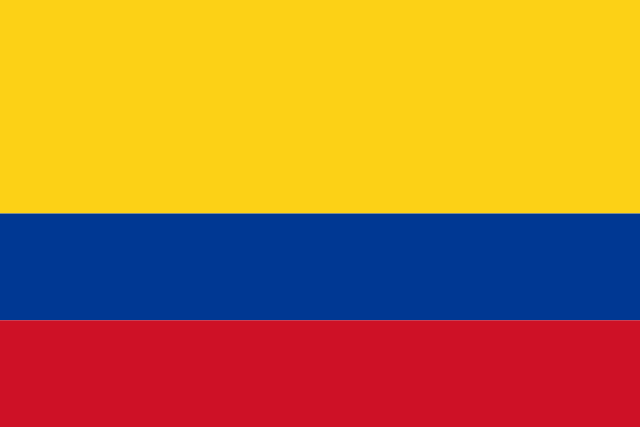This past weekend amid a tropical storm that hampered turnout, voters in Colombia very narrowly rejected – upsetting polls showing an overwhelming public approval – a referendum to endorse a permanent peace deal between the government and FARC rebels after 50 years of civil war. (Some previous discussion of this here.) The country’s militarized right-wing was joined bizarrely by “Human Rights Watch,” the global NGO, in campaigning viciously against the peace deal.
The Nation detailed this in an article headlined “Did Human Rights Watch Sabotage Colombia’s Peace Agreement?”
HRW has been embarrassing itself very publicly on the global stage for a couple years now, particularly with regard to its propaganda seeking a Western military invasion of Syria. This should be the last straw. They are not promoting a human rights or peace agenda. They are pursuing some arbitrary set of agendas in various countries that is inscrutable to the rest of us and very dangerous for the people’s lives who are affected directly. Five decades of war and HRW is gloating about helping to defeat the referendum to end it? What is wrong with you?



